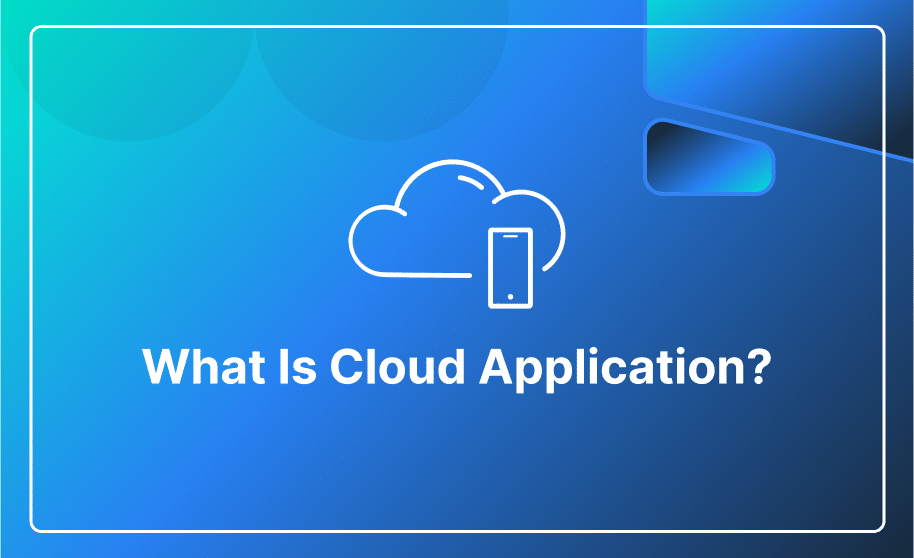
Ethereum killer, Bitcoin rival, and industry disruptor are the three terms widely associated with the frequently used term Solana blockchain development. Solana blockchain software development solution made headlines in 2020 with a sudden rise in the form of media outlines due to its unique features. Meanwhile, Ethereum is also experiencing a boom, but with the presence of Solana, this boom is affected. The reason for this effect is the advanced features of Solana that beat the challenges of Ethereum.
Solana blockchain software development solutions make its space in the tech world as a remedial measure for disrupting the major pain points of well-known blockchains such as Bitcoin and Ethereum. Solana is a crypto computing platform that offers fast and secure transactions using the SOL cryptocurrency as its native currency. Anatoly Yakovenko introduced the PoS algorithm known as proof of history for a secure and reliable record of data to perform transactions at low transaction fees, with high speed. Solana promised to sermon the loopholes in the existing protocols, such as low transaction speed, high fees, and scalability issues, through a new Proof of History (PoH) consensus algorithm developed by Anatoly Yakovenko. It also keeps an eye on the user’s interest and asks if they want any further upgrades in the future.
The rapid climb of the SOL token into the top 10 crypto market cap ranking is another achievement. Solana was ranked 42nd in February 2021, and it is ranked 4th in November 2021.
How Solana Is Better for Defi Platform?
A Solana blockchain development service has proved its potential in a short period. Hence, it has made its stance in the favor of Defi app solutions. With the advanced consensus model of Solana, its performance will enhance with due process. Here, we will discuss the reasons why you should move to Solana for the development of Defi platforms.
● Scalability
With the advanced features of PoS and BTF, the Solana software development solution grants scalability. Solana’s network claims to be capable of processing 65,000 tps, which has become only possible by PoH, Tower BFT, and Turbine. Although some Ethereum Layer 2 chains support such speed, they cannot do so at the scale that Solana can, in addition to the weight of being a Layer 1 Protocol. Here, Defi solutions require scalability on preference, which is better addressed by Solana.
● Transaction cost
To perform transactions, you have to pay the transaction costs. Each transaction causes a gas fee in performing a transaction. The cost of transactions on Ethereum is relatively higher as compared to Solana. The price depends on network congestion and ranges between $20 and $70 per transaction on Ethereum, while the Solana only charges less than 1 dollar. High cost means high quality, but Solana ensures quality at a lower transaction cost. However, it is evident that the transaction cost for building Defi projects on Solana is quite alluring. Thus, Solana has the biggest opportunity to rise to the top.
● Consensus model
Ethereum’s Proof-of-Work (PoW) consensus model causes a lot of energy. However, Solana works on the consensus model of PoS and PoH, which ensures fast and cost-effective transaction processes. There are some issues with the Ethereum Proof-of-Work (PoW) mechanism. Further, it consumes a lot of power and energy, resultantly causing high gas fees. Thus, Solana brings the solution to this problem with the consensus model, which is 99.95% more energy efficient. Though it is a fact that PoW is still a popular consensus model, and have some projects in moving to begin the transition from PoW to PoS because of its advanced features.
● Smart contracts
Ethereum has earned the title of first smart contract platform. Its popularity can analyze through the development of the trends associated with dApps with the particular blockchain. To write smart contracts in the Ethereum, a solid programming language is widely used. Similarly, smart contracts based on Solana are mostly written in Rust called programs. They are stateless and represent just program logic. Solana is designed with parallel run-time, which allows smart contacts to execute simultaneously. As a result, thousands of smart contracts can run. Meanwhile, Ethereum’s EVM runtime is single-threaded, which means that smart contracts are queued, and one smart contract changes the state of the blockchain at a time.
Summing Up
To sum up, having their own competitive advantages, both Solana and Ethereum blockchain have some plus points for Defi Projects Development. Therefore, after a detailed review of the Solana Software development solution, we can say it is the better option to build Defi platforms because it equips with some basic parameters. Considering the budget constraints of your project, you can choose Solana firsthand, depending on your project’s requirements.
If you want to develop Defi apps or Solana tokens, Hashlogics is the best option for collaborating with many global clients of various sizes, from small to large-scale businesses.
For Defi exchange solutions, get an effective Solana blockchain development service with expert approaches and advanced features from our blockchain development company.














